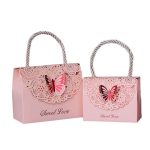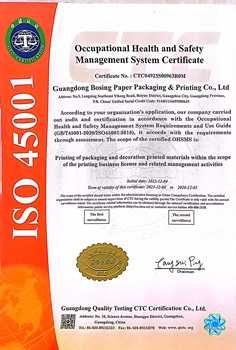
In the vast landscape of healthcare, where first impressions can significantly impact consumer trust and medication adherence, medicine display boxes serve as silent yet powerful ambassadors. These seemingly simple containers do far more than just hold pills—they communicate vital information, ensure safety, and build brand identity in an increasingly competitive market. The evolution of pharmaceutical packaging from basic containers to sophisticated communication tools represents one of the most significant yet underappreciated advancements in modern healthcare delivery.
The primary function of any medicine display box extends well beyond mere containment. These boxes serve as critical information hubs, providing patients with essential details about dosage, administration, side effects, and expiration dates in a clear, accessible format. Modern display boxes incorporate intuitive design elements that help patients understand complex medication regimens, particularly important for elderly patients or those managing multiple prescriptions. The strategic use of color coding, pictograms, and hierarchical information presentation has transformed how patients interact with their medications, reducing errors and improving therapeutic outcomes.
Safety features embedded in medicine display boxes have become increasingly sophisticated in recent years. Child-resistant mechanisms, tamper-evident seals, and specialized opening systems protect vulnerable populations while maintaining accessibility for those with limited dexterity. Meanwhile, advanced materials and construction techniques ensure medication integrity, protecting contents from moisture, light, and contamination that could compromise efficacy. These safety considerations represent a remarkable fusion of engineering innovation and patient-centered design thinking.
From a branding perspective, medicine display boxes offer pharmaceutical companies a crucial canvas for differentiation and trust-building. In an industry where consumers often cannot visually distinguish between medications, packaging becomes the primary vehicle for brand recognition and recall. Thoughtful design elements—from color psychology to typography choices—contribute to creating an emotional connection with patients, fostering confidence in both the medication and the manufacturer. This visual communication becomes particularly important for over-the-counter medications, where packaging often serves as the final salesperson.
The regulatory landscape surrounding medicine display boxes continues to evolve, with authorities worldwide implementing stricter requirements for information disclosure, accessibility features, and environmental considerations. Pharmaceutical companies must navigate this complex web of regulations while maintaining aesthetic appeal and functional efficiency. The most successful packaging solutions manage to balance compliance with creativity, delivering regulatory-required information in ways that enhance rather than detract from the user experience.
Sustainability has emerged as a critical consideration in medicine display box design, with both consumers and regulators demanding eco-friendly solutions. The industry has responded with innovations in recyclable materials, reduced packaging volume, and plant-based inks. Some manufacturers have implemented take-back programs for empty medicine containers, while others have developed packaging that serves secondary purposes after the medication is consumed. This environmental consciousness represents an important step toward reducing the healthcare industry’s ecological footprint while maintaining patient safety.
Looking toward the future, technology integration represents the next frontier for medicine display boxes. Smart packaging featuring QR codes, NFC chips, and augmented reality elements can connect patients to digital resources, medication reminders, and telehealth services. Temperature-sensitive inks can indicate improper storage, while embedded sensors can track adherence and send alerts to healthcare providers. These technological advancements transform passive containers into active healthcare partners, creating new possibilities for patient engagement and remote monitoring.
The global pandemic accelerated several trends in medicine display box design, particularly regarding hygiene, tamper evidence, and clear communication of safety protocols. Packaging solutions that minimized contact, provided clear sanitation instructions, and maintained integrity throughout extended supply chains gained prominence. These developments highlighted the critical role that well-designed packaging plays in public health crises and medication security.
Ultimately, the humble medicine display box represents a remarkable convergence of science, design, psychology, and technology. What appears as a simple cardboard container actually embodies decades of research into human behavior, material science, and information design. As healthcare continues to evolve toward more patient-centered models, the importance of effective medication packaging will only grow. The next time you pick up a prescription, take a moment to appreciate the sophisticated communication system you hold in your hands—a system designed not just to contain medicine, but to enhance its healing potential through clarity, safety, and trust.




Leave a Message